With a rich history, a unique taste and texture, and a wealth of health benefits, pine nuts are a treasure trove of flavour and vitality waiting to be explored. Pine nuts are the edible seeds of pine trees and are known for their delicate flavour and buttery texture. They have been used in various cuisines around the world and are prized for their unique taste and nutritional value.
About Pine Nuts
- Pine trees of various types, mostly found in areas like Europe, Asia, and North America, are used to collect pine nuts. The Korean pine (Pinus koraiensis) and the stone pine (Pinus pinea) provide the pine nuts that are most frequently employed in culinary applications.
- Pine nuts have a moderate, slightly sweet, and nutty flavour. They may also have a smooth texture. They lend depth to meals with their delicate, buttery texture. Pine nuts get somewhat more flavorful and nutty when they are toasted.
- Pine nuts are prone to rancidity because of their high-fat content. To increase their shelf life and preserve their freshness, it is preferable to store them in an airtight container in the freezer or refrigerator.
Health benefits of Pine Nuts
- Pine nuts may have a high nutritional content. They are likely to be a good source of heart-protective monounsaturated and polyunsaturated fats, as well as other types of healthy fats. Protein, dietary fiber, vitamins (including vitamin E and vitamin K), minerals (such as magnesium and zinc), and antioxidants are additional nutrients found in pine nuts.
- Pine nuts are gathered from mature pine cones, which also contain the seeds, and then processed. The cones are gathered and dried, which releases the seeds. The pine nuts can either be used in their raw state or toasted for flavour after being separated from the cone scales.
Uses
- Pine nuts have a wide range of culinary applications because of their adaptability. They are a typical component in Middle Eastern and Mediterranean cuisines.
- When making pesto sauce, pine nuts are typically ground with basil, garlic, Parmesan cheese, and olive oil.
- Additionally, they are used as a topping for vegetable meals, salads, pasta dishes, and baked products. Pine nut butter is a paste that can also be made from pine nuts.
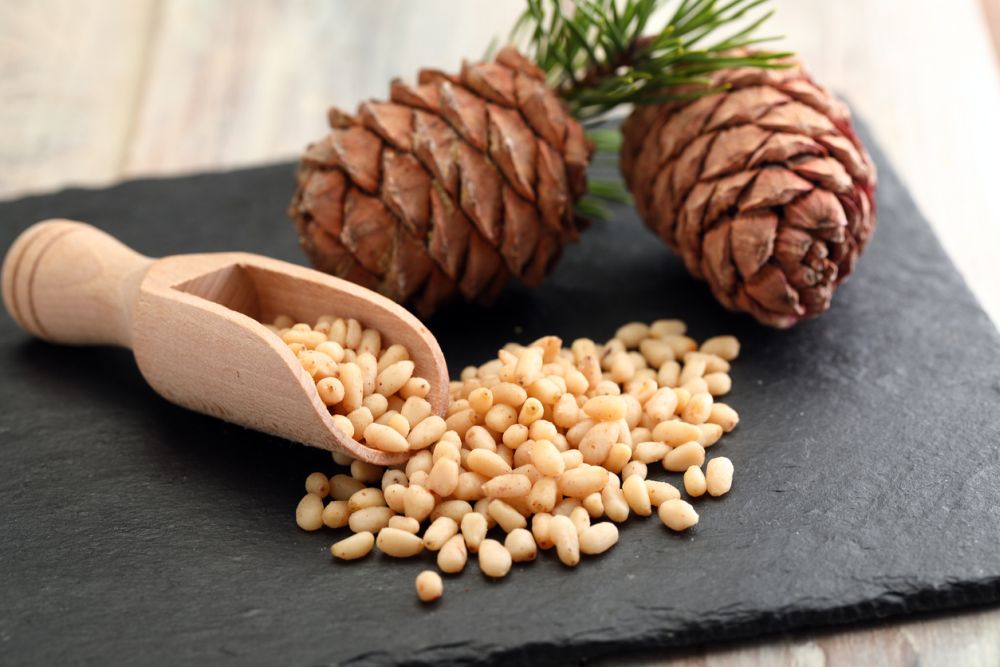
Pine nuts, with their delicate flavour, satisfying texture, and abundant health benefits, invite you to embark on a culinary journey that bridges history and modernity. Whether you enjoy them as a garnish, a key ingredient, or a standalone snack, pine nuts bring a touch of elegance and nourishment to your plate. Embrace the centuries-old legacy and healthful qualities of pine nuts, and let their unique flavour elevate your culinary creations. Your taste buds and your well-being will thank you.

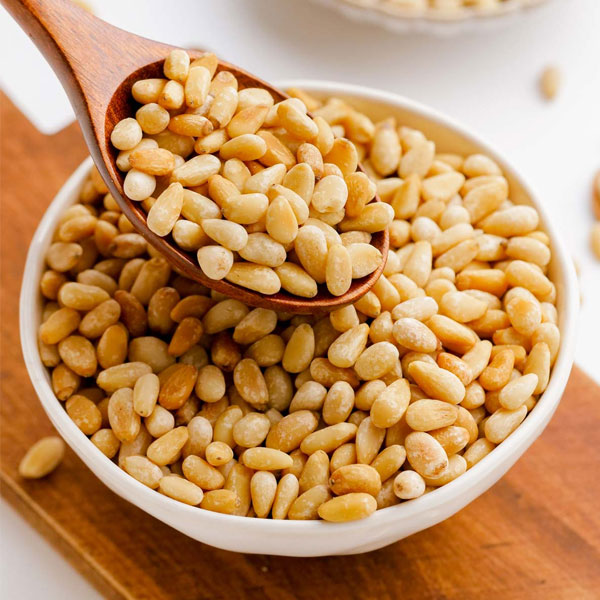
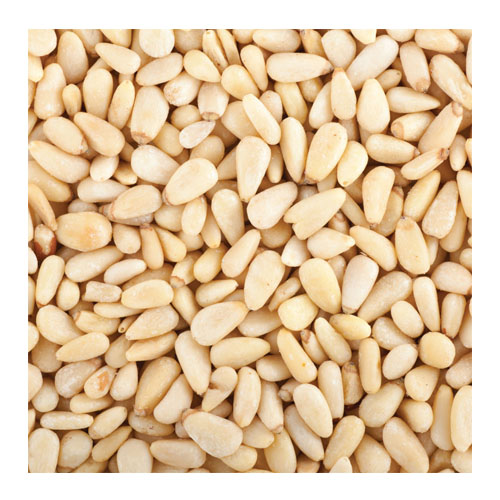
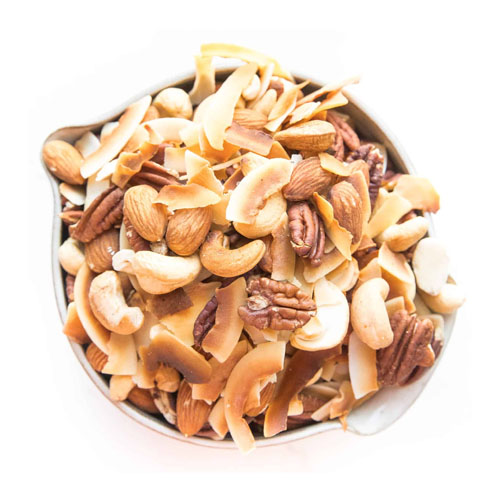
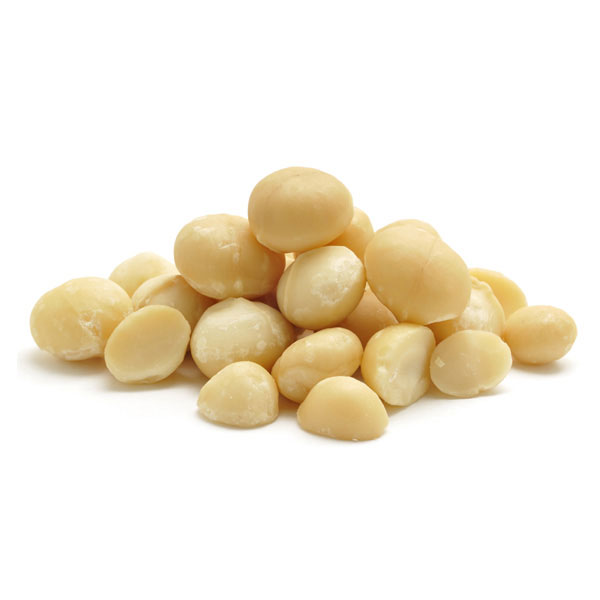
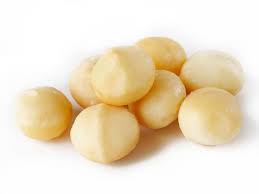
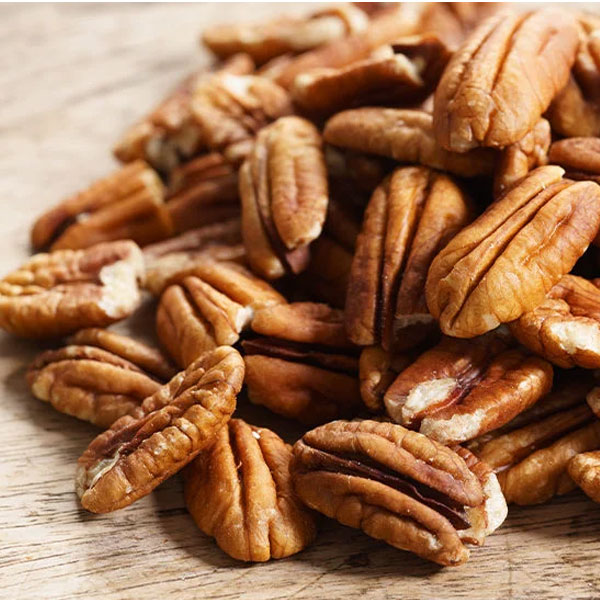
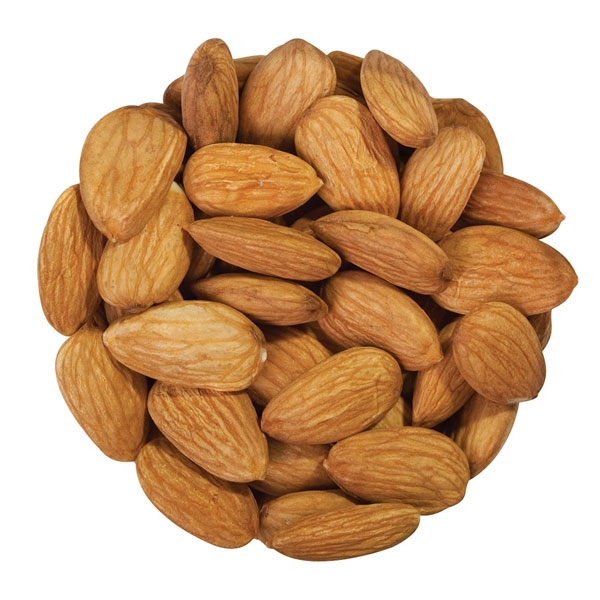
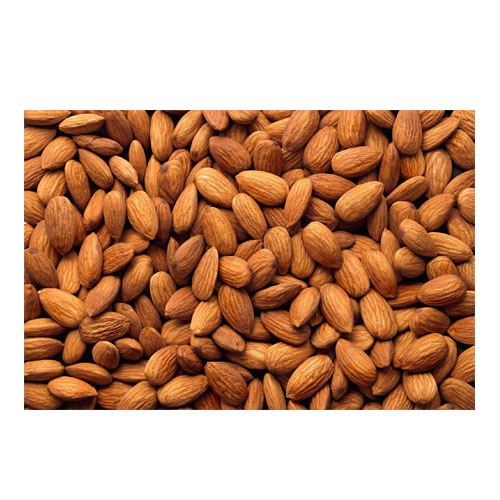
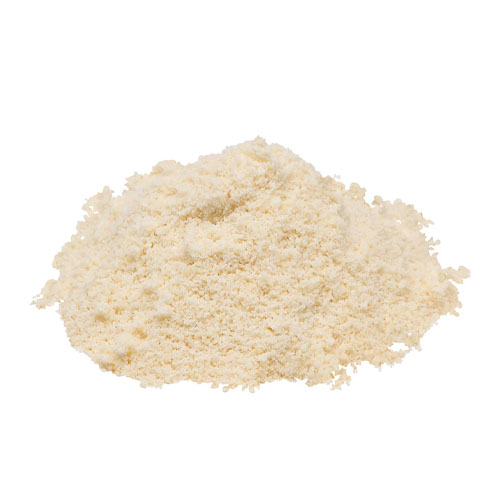
Reviews
There are no reviews yet.